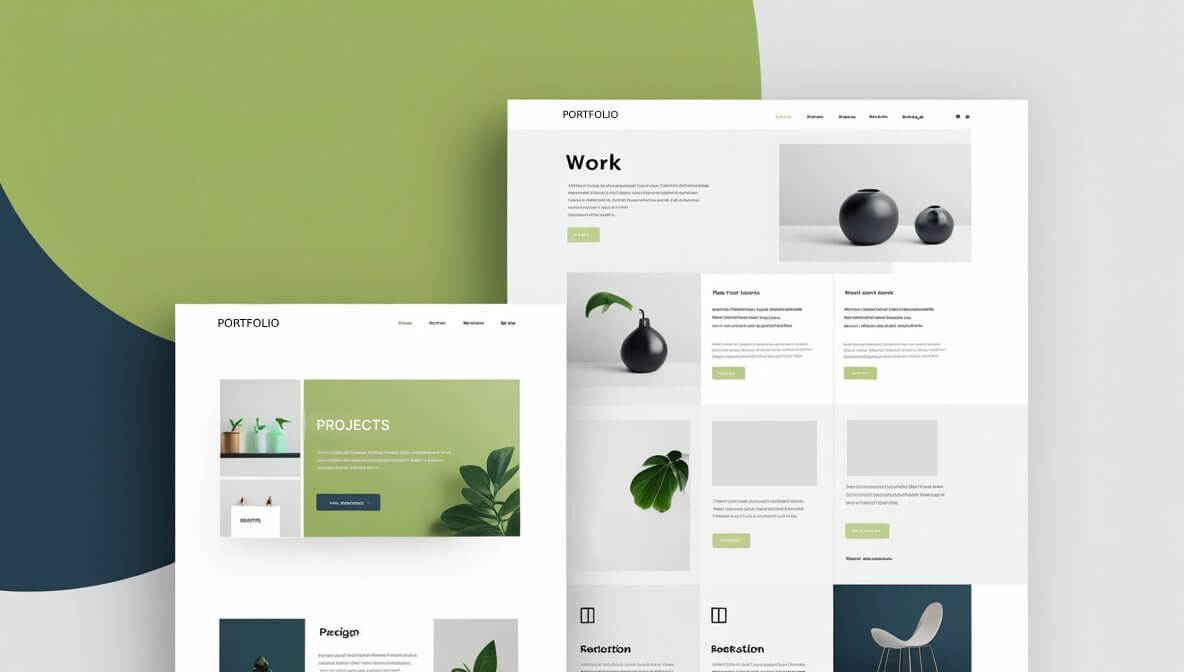
Tailwind CSS Best Practices: Building Scalable UIs
Learn the best practices for using Tailwind CSS effectively in production applications, from component architecture to performance optimization.
Tailwind CSS Best Practices
Tailwind CSS has revolutionized how we approach styling in modern web development. This utility-first framework provides incredible flexibility, but with great power comes the need for best practices to maintain scalable and maintainable codebases.
Component Architecture
Extract Reusable Components
Instead of repeating utility classes, create reusable components:
// Bad: Repeated utility classes
<button class="px-4 py-2 bg-blue-500 text-white rounded hover:bg-blue-600">
Primary Button
</button>
<button class="px-4 py-2 bg-blue-500 text-white rounded hover:bg-blue-600">
Another Button
</button>
// Good: Reusable component
function Button({ children, variant = 'primary', ...props }) {
const baseClasses = 'px-4 py-2 rounded font-medium transition-colors';
const variants = {
primary: 'bg-blue-500 text-white hover:bg-blue-600',
secondary: 'bg-gray-200 text-gray-900 hover:bg-gray-300',
danger: 'bg-red-500 text-white hover:bg-red-600'
};
return (
<button
className={`${baseClasses} ${variants[variant]}`}
{...props}
>
{children}
</button>
);
}Design System Approach
Create Design Tokens
Use CSS custom properties for consistent spacing and colors:
/* tailwind.config.js */
module.exports = {
theme: {
extend: {
colors: {
primary: {
50: '#eff6ff',
500: '#3b82f6',
900: '#1e3a8a',
}
},
spacing: {
'18': '4.5rem',
'88': '22rem',
}
}
}
}Consistent Spacing Scale
Stick to Tailwind’s spacing scale for consistency:
<!-- Good: Using consistent spacing -->
<div class="p-4 mb-6">
<h2 class="text-2xl mb-4">Title</h2>
<p class="mb-4">Content</p>
</div>
<!-- Bad: Inconsistent spacing -->
<div class="p-3.5 mb-7">
<h2 class="text-2xl mb-3.2">Title</h2>
<p class="mb-5.1">Content</p>
</div>Performance Optimization
Purge Unused Styles
Configure Tailwind to remove unused CSS in production:
// tailwind.config.js
module.exports = {
content: ["./src/**/*.{js,ts,jsx,tsx}", "./public/**/*.html"],
// ... rest of config
};Use JIT Mode
Enable Just-In-Time compilation for faster builds:
// tailwind.config.js
module.exports = {
mode: "jit",
// ... rest of config
};Responsive Design
Mobile-First Approach
Always start with mobile styles and scale up:
<!-- Good: Mobile-first -->
<div class="text-sm md:text-base lg:text-lg xl:text-xl">Responsive text</div>
<!-- Bad: Desktop-first -->
<div class="text-xl lg:text-lg md:text-base text-sm">Responsive text</div>Consistent Breakpoints
Use Tailwind’s default breakpoints consistently:
<div class="grid grid-cols-1 md:grid-cols-2 lg:grid-cols-3 xl:grid-cols-4">
<!-- Grid items -->
</div>Dark Mode Implementation
Use Dark Mode Variants
Leverage Tailwind’s dark mode support:
<div class="bg-white dark:bg-gray-900 text-gray-900 dark:text-white">
<h1 class="text-2xl font-bold">Title</h1>
<p class="text-gray-600 dark:text-gray-300">Content</p>
</div>Configure Dark Mode
// tailwind.config.js
module.exports = {
darkMode: "class", // or 'media'
// ... rest of config
};Accessibility
Focus States
Always include focus states for interactive elements:
<button
class="px-4 py-2 bg-blue-500 text-white rounded focus:outline-none focus:ring-2 focus:ring-blue-500 focus:ring-offset-2"
>
Accessible Button
</button>Screen Reader Support
Use semantic HTML and proper ARIA attributes:
<button
class="px-4 py-2 bg-blue-500 text-white rounded"
aria-label="Close dialog"
aria-expanded="false"
>
<span aria-hidden="true">×</span>
</button>Code Organization
Group Related Classes
Organize classes logically for better readability:
<!-- Good: Grouped classes -->
<div
class="
flex items-center justify-between
p-4 mb-6
bg-white dark:bg-gray-800
rounded-lg shadow-md
hover:shadow-lg transition-shadow
"
>
Content
</div>Use @apply for Complex Patterns
For frequently repeated patterns, use @apply:
@layer components {
.btn-primary {
@apply px-4 py-2 bg-blue-500 text-white rounded hover:bg-blue-600 focus:outline-none focus:ring-2 focus:ring-blue-500 focus:ring-offset-2 transition-colors;
}
}Conclusion
Tailwind CSS is a powerful tool that can significantly improve your development workflow. By following these best practices, you can create maintainable, scalable, and performant user interfaces while leveraging the full power of utility-first CSS.
Remember to:
- Extract reusable components
- Maintain consistent design tokens
- Optimize for performance
- Follow mobile-first responsive design
- Implement proper accessibility
- Organize your code logically
With these practices in place, Tailwind CSS will become an invaluable asset in your development toolkit.